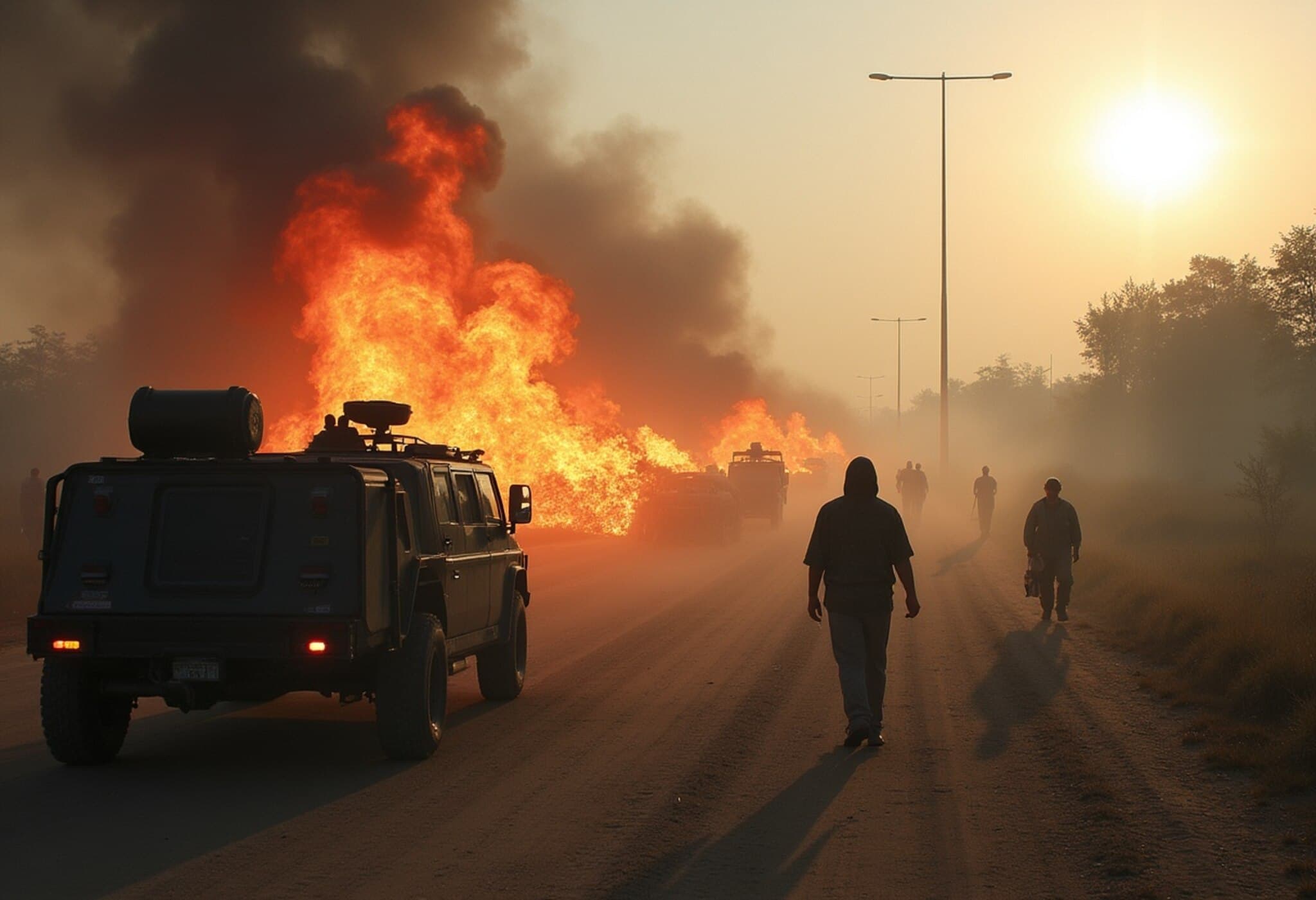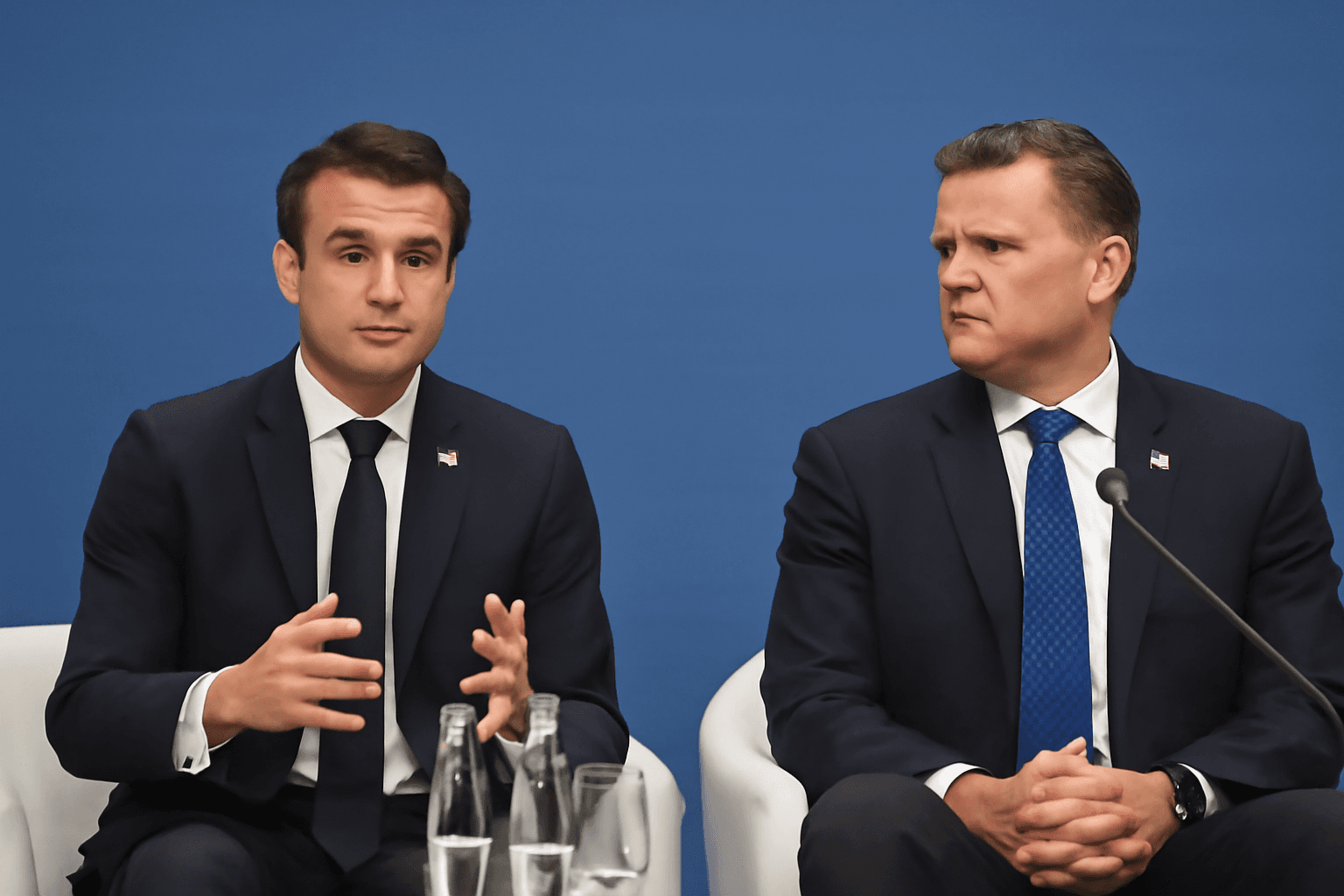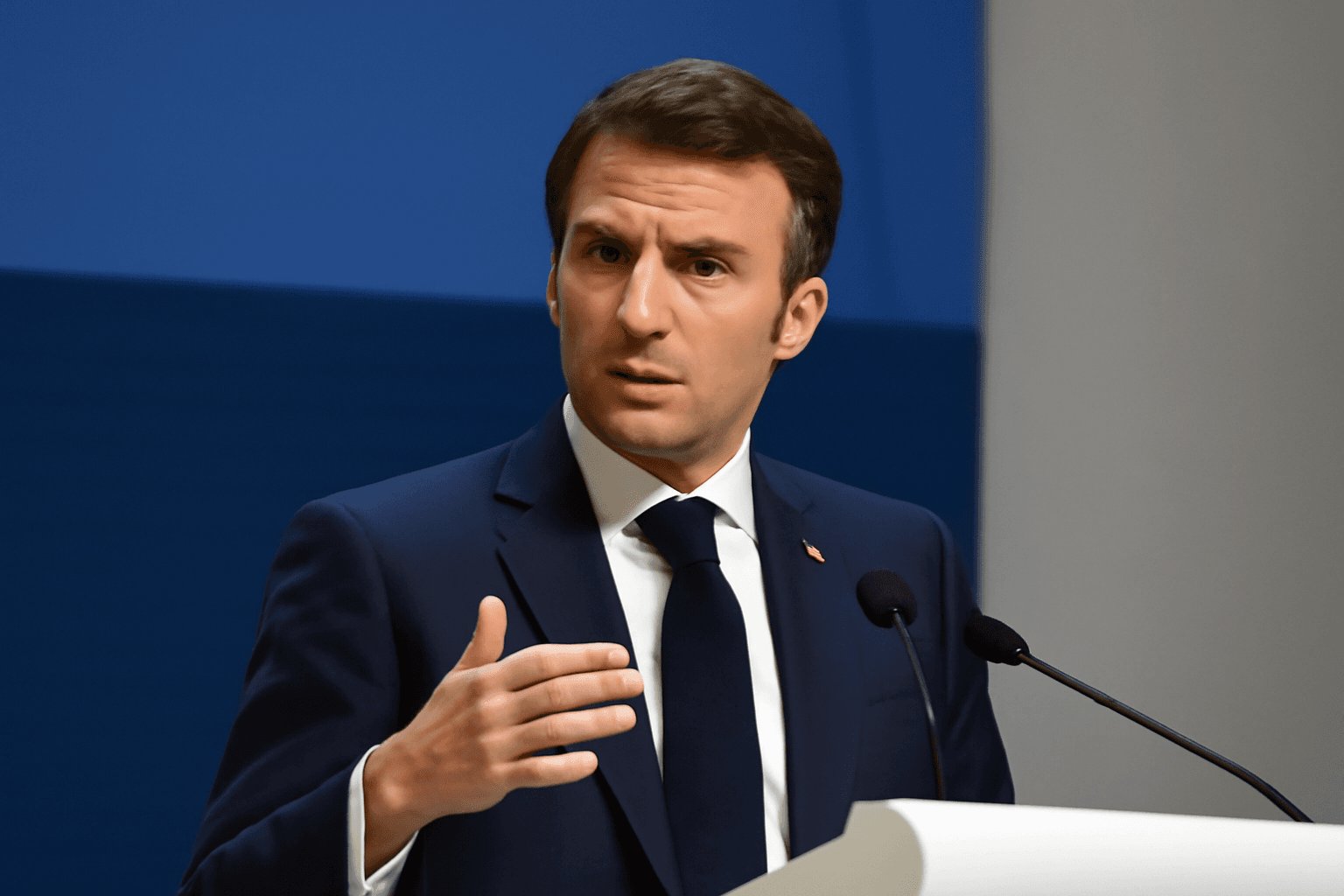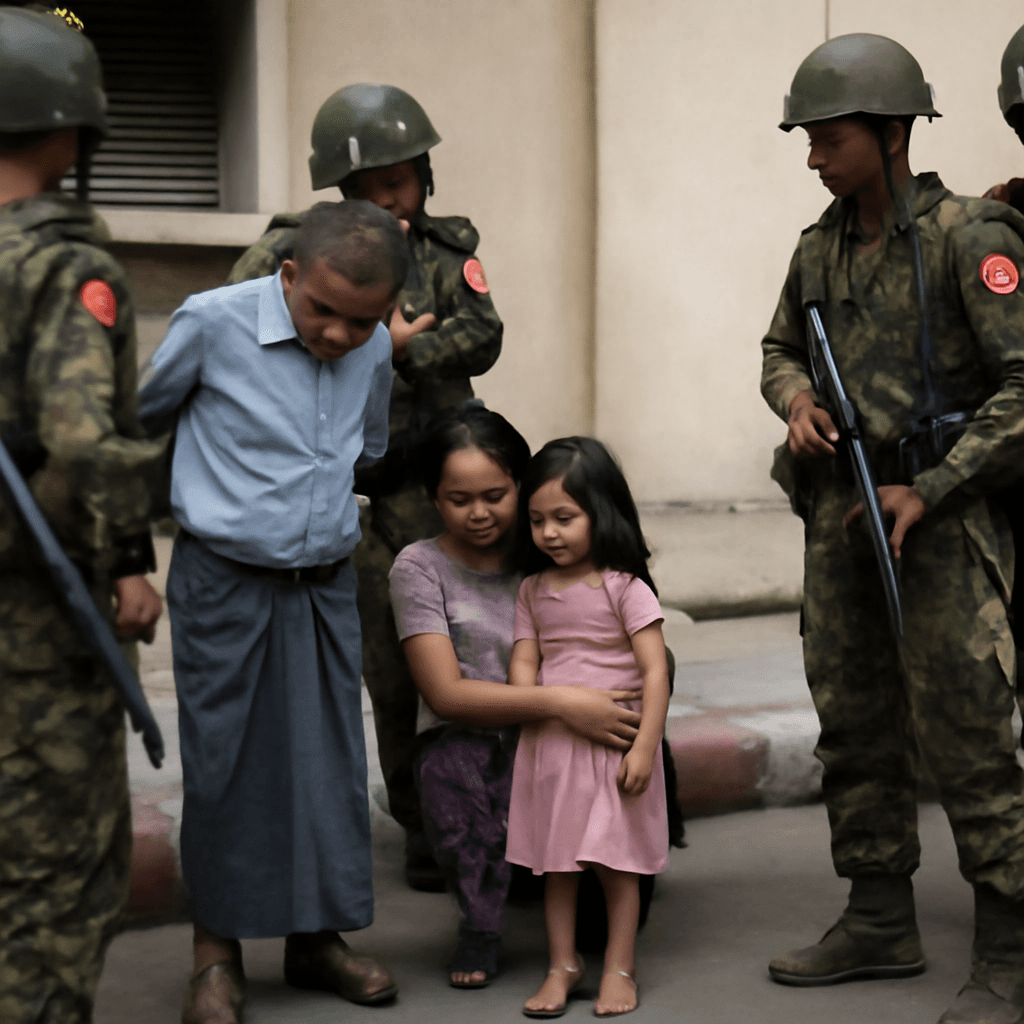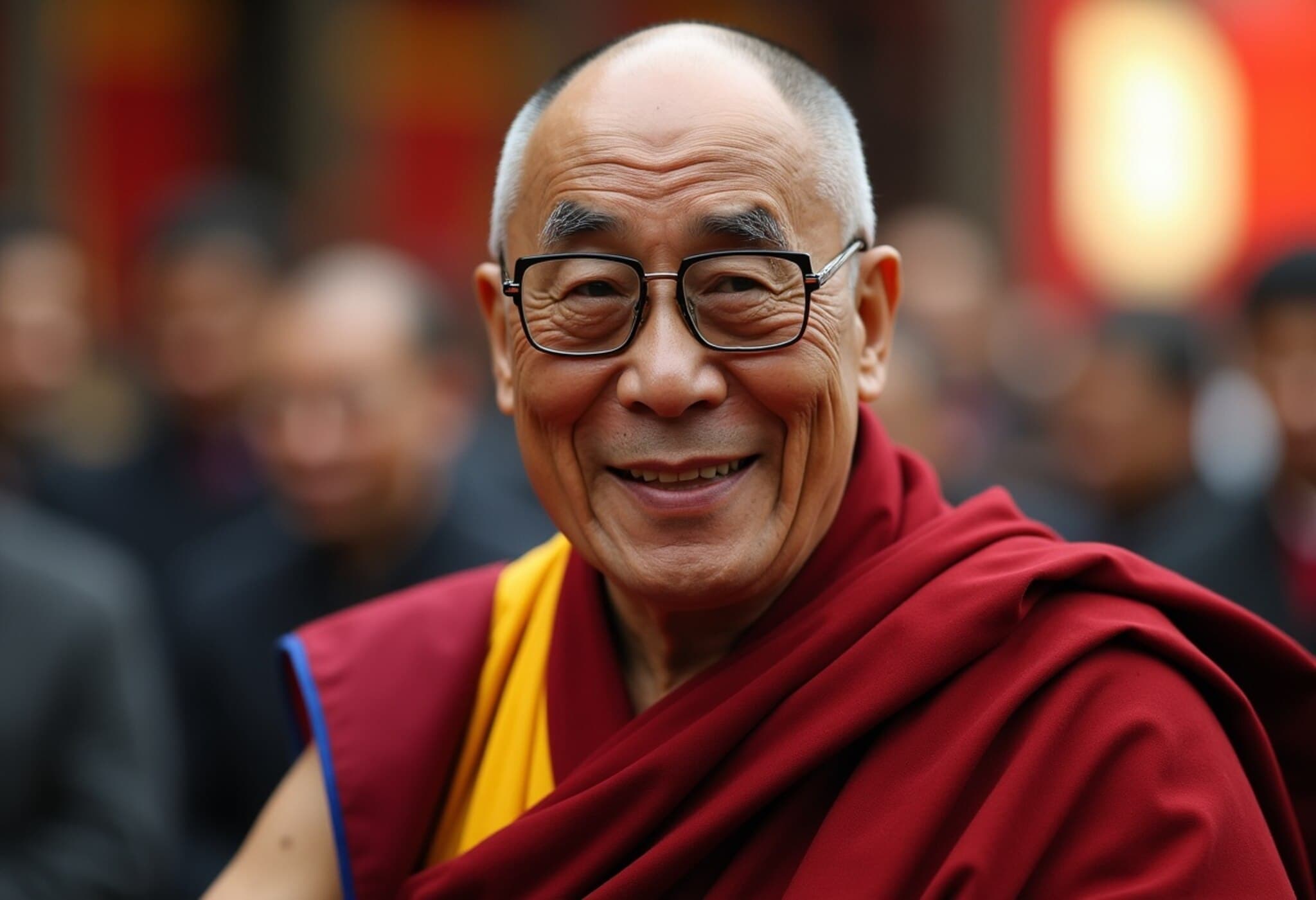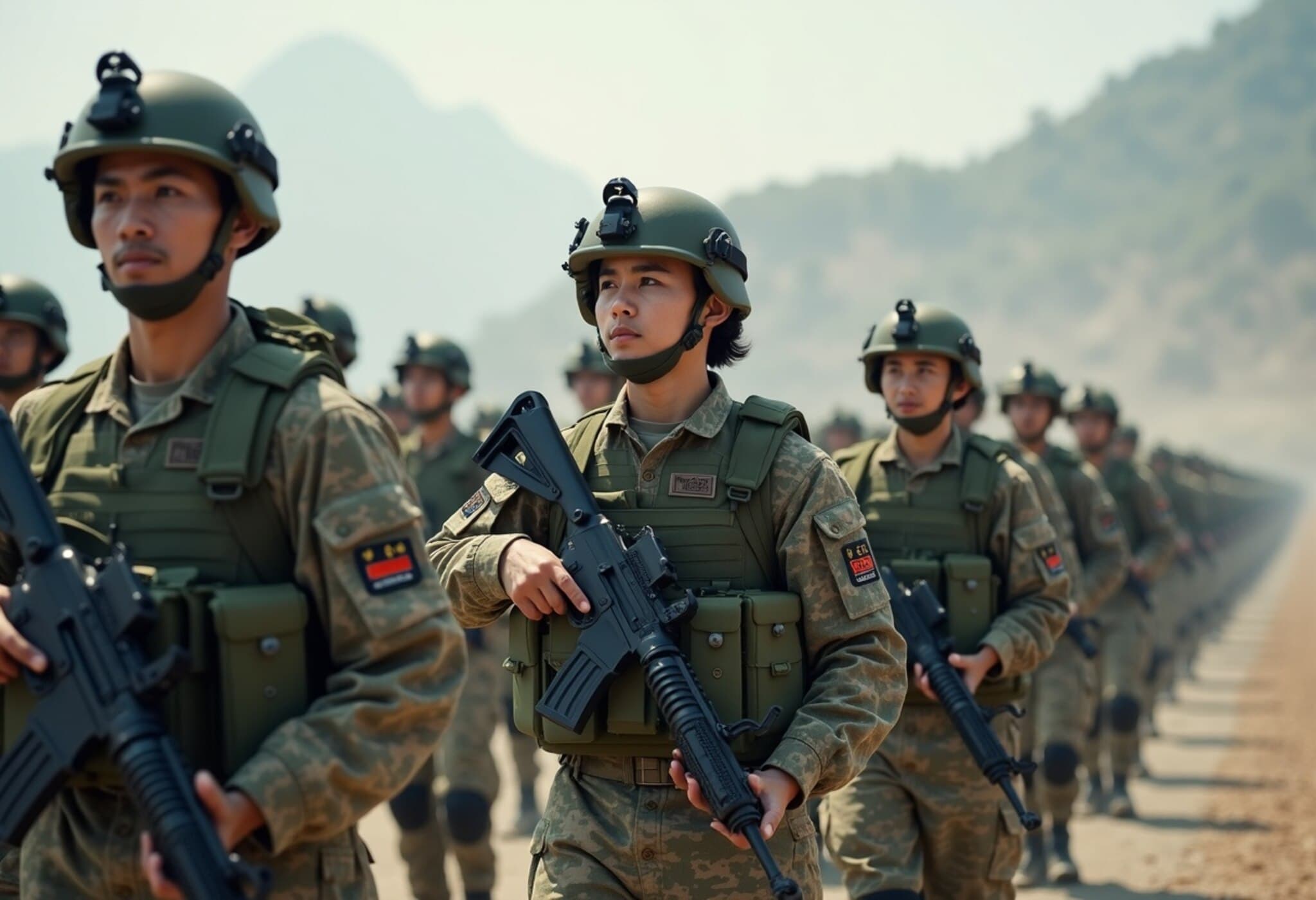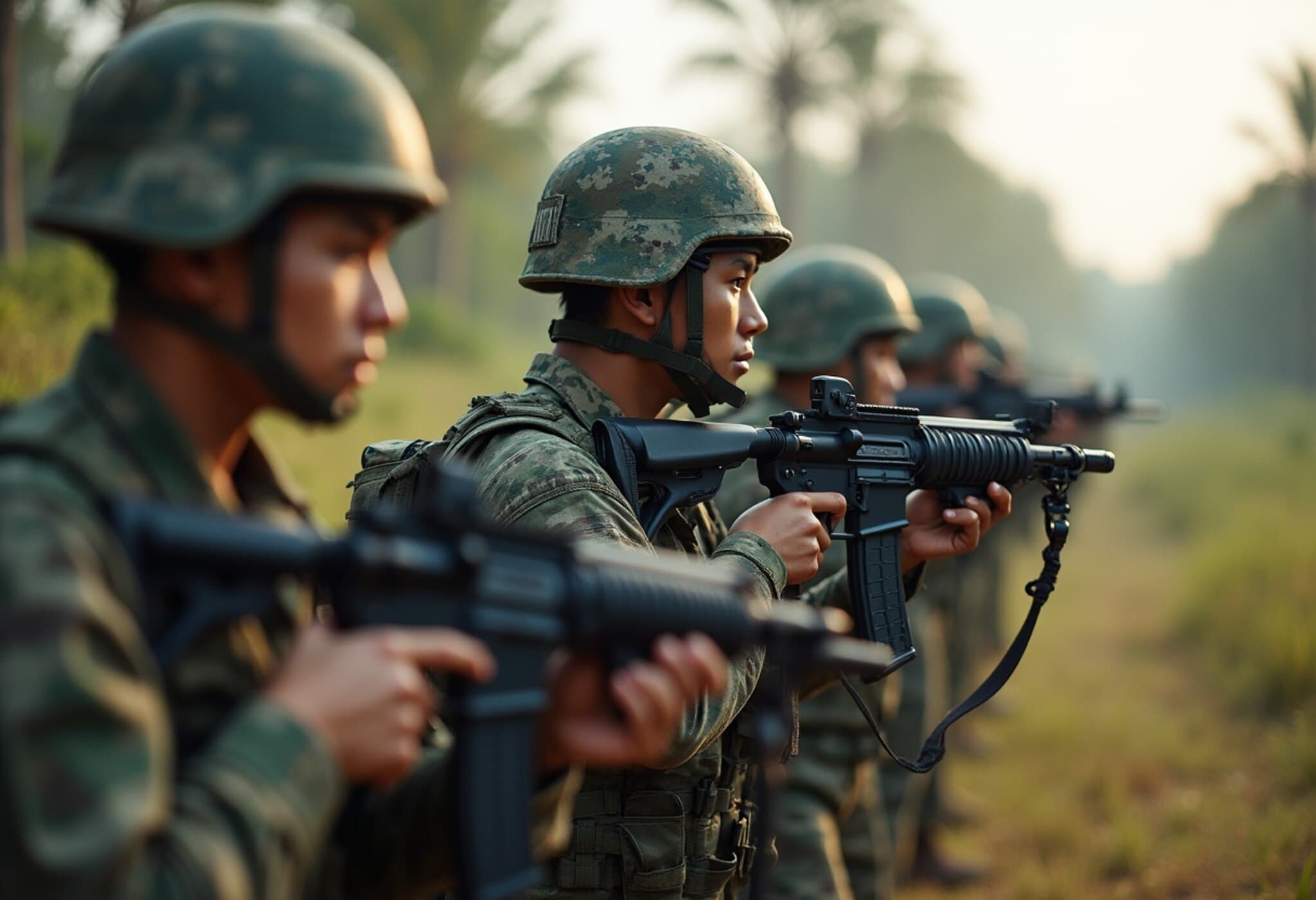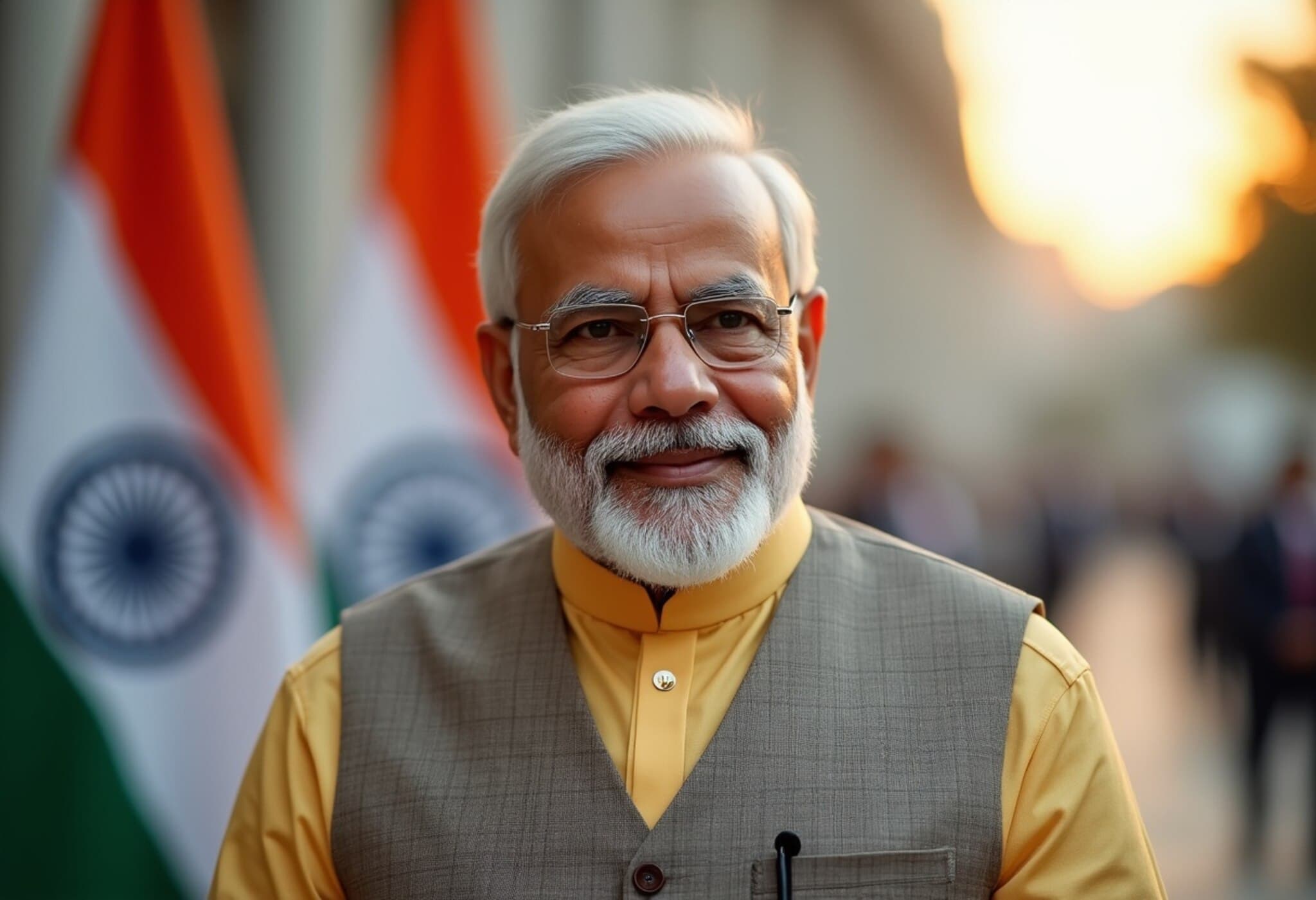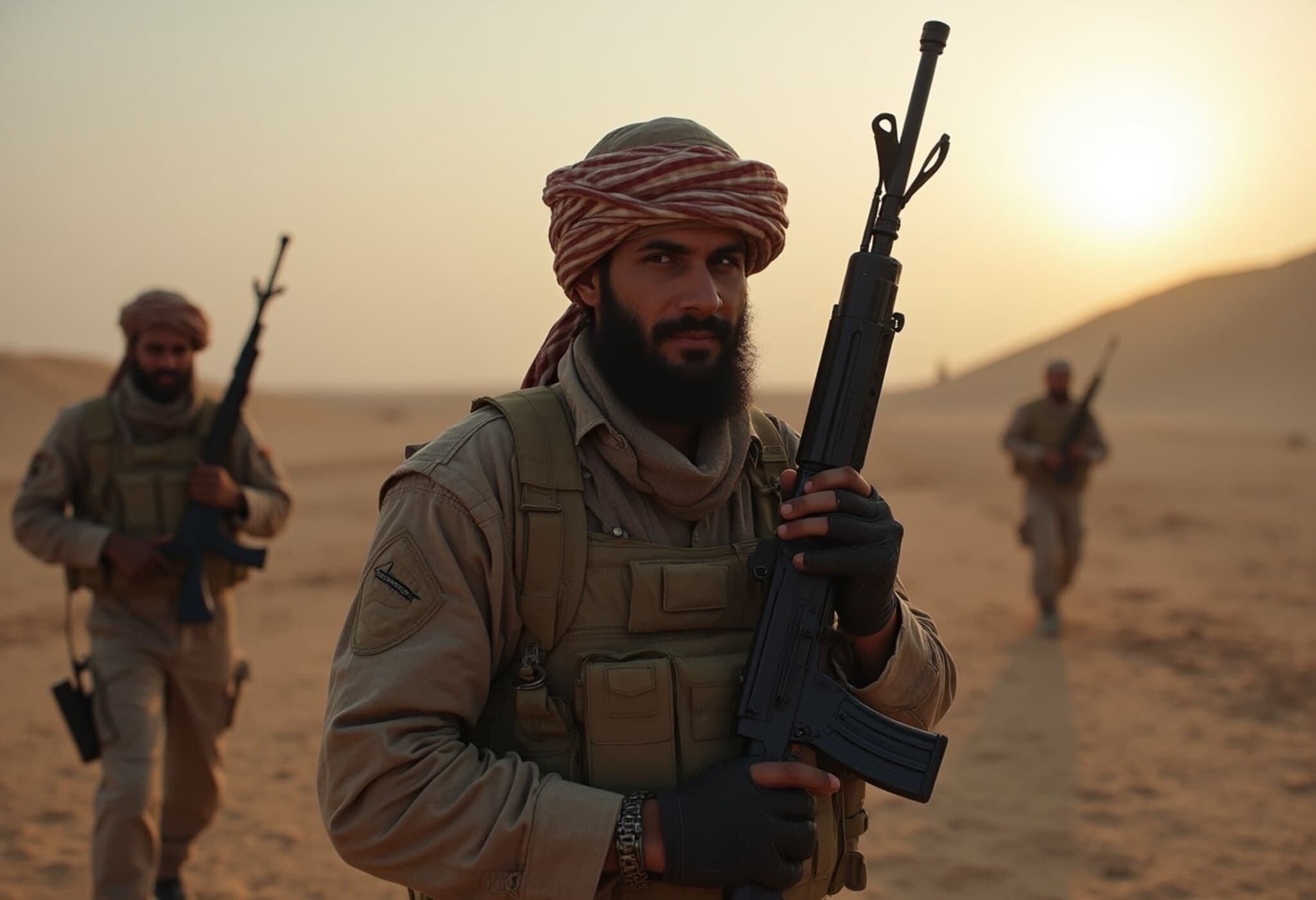Thailand-Cambodia Border Clashes Intensify as Bangkok Rejects External Mediation
Fighting erupted once again this week along the long-contested border between Thailand and Cambodia, marking the worst violence in nearly a decade. Despite offers from key regional and global powers to mediate a peaceful resolution, Thailand insists on resolving the dispute through direct bilateral negotiations.
Escalation of Hostilities Along the Border
Violent exchanges, including artillery fire, continued through Friday in Surin province, Thailand, with both sides accusing each other of instigating the conflict. The border area has been a flashpoint for over a century due to disputed sovereignty claims, but recent escalations signal a dangerous deterioration in relations.
Graphic images and footage shared by Reuters depict Thailand’s mobile artillery units firing across the border, demonstrating the intensity of the clashes. These confrontations not only threaten regional stability but also raise deep concerns about civilian safety along the border areas.
Thailand’s Stance: Bilateral Talks Over External Mediation
Amid the hostilities, Thailand has declined mediation offers from the United States, China, and Malaysia—currently the chair of the Association of Southeast Asian Nations (ASEAN). Thai Foreign Ministry spokesperson Nikorndej Balankura emphasized that Bangkok believes bilateral mechanisms have not been fully exhausted and remains open to dialogue, provided Cambodia halts the violence first.
“I don’t think we need any mediation from a third country yet,” Nikorndej stated in an interview, underscoring Thailand's insistence on handling the dispute directly.
Deputy Foreign Minister Russ Jalichandra echoed this position, indicating a preference for peaceful resolution based on direct engagement rather than external intervention.
ASEAN’s Diplomatic Intervention and Cambodian Response
Malaysian Prime Minister Anwar Ibrahim, speaking in his capacity as ASEAN chair, has actively engaged with leaders from both nations, urging a ceasefire and diplomatic solution. Cambodia’s Prime Minister, Hun Manet, publicly indicated that an initial ceasefire agreement supported by ASEAN was retracted by Thailand, deepening the impasse.
Hun Manet further appealed to the United Nations Security Council, accusing Thailand of initiating “unprovoked and premeditated military aggression.” The UN subsequently scheduled a closed-door meeting to deliberate on the crisis, highlighting the international community’s growing concern.
Historical Context and Regional Implications
The disputed Thailand-Cambodia border has long been a source of friction, with the Preah Vihear temple area often at the center of sovereignty claims. This recent surge in violence threatens to destabilize ASEAN’s commitment to regional peace and security, particularly as both countries are member states of the bloc.
Expert analysts note that Thailand’s refusal to accept third-party mediation could reflect broader geopolitical calculations, including concerns about setting precedents for international involvement in bilateral disputes. The involvement of powers like the US and China also signals an undercurrent of strategic competition in Southeast Asia.
Furthermore, the tragedy of landmine injuries recently suffered by Thai soldiers—alleged to be newly laid mines—intensifies tensions and underlines the human cost of this prolonged conflict.
What Lies Ahead?
- Continued Artillery Exchanges: Without a clear ceasefire, civilian populations near the border remain at high risk.
- Diplomatic Stalemate: Bangkok’s insistence on bilateral talks may prolong negotiations but preserves sovereignty over the dispute resolution process.
- Regional Security Challenges: ASEAN faces mounting pressure to mediate effectively while balancing its principle of non-interference.
- International Attention: The UN’s involvement could signal a shift toward broader global engagement if the conflict further deteriorates.
Editor’s Note
The escalating border clashes between Thailand and Cambodia reveal the fragility of peace in regions burdened by longstanding territorial disputes. While Thailand’s preference for bilateral talks reflects a desire to maintain sovereign control over negotiations, it also raises questions about the effectiveness of ASEAN and the international community in preventing local conflicts from intensifying. As artillery fire shakes the borderlands, the human toll mounts, underscoring an urgent need for constructive dialogue and crisis diplomacy. Readers should watch closely how ASEAN navigates the delicate balance between respecting state sovereignty and fulfilling its role as a regional peacekeeper in an increasingly complex geopolitical environment.

